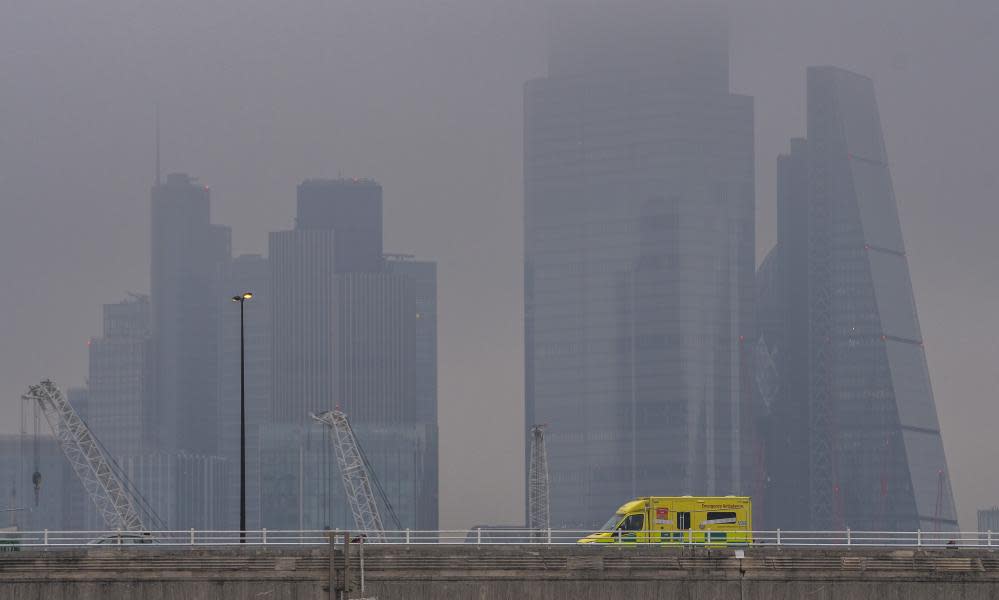UK government's coronavirus death toll exceeds 60,000

The UK government’s official Covid death toll has exceeded 60,000 deaths, just three weeks after it reached 50,000.
The official death toll now stands at 60,113, a figure which counts known deaths among those who have died within 28 days of testing positive for the virus.
This toll has been consistently lower than that put out by the UK’s three statistical agencies. They record the Covid death toll as having passed 76,000. This total comprises all fatalities that mention the disease on the death certificate, plus the deaths tallied in the government figures since the agencies’ last count.
More than two-thirds of the government’s tally – around 41,500 deaths which occurred up to early September – happened in the first wave. The second-wave death toll – 18,500 deaths since 4 September – means that the pace at which deaths are occurring is slower.
The spread of the virus continues to slow. The number of people testing positive for the virus in England and Wales fell by more than a quarter in the week ending 25 November.
An England-wide lockdown, brought about after the other UK nations imposed their own restrictions, has helped to bring cases down: 83% of local authorities across the UK saw their case rates fall for two weeks running (up to 27 November). Hospital admissions have also slowed in recent weeks. This signals that the death toll should also slow in coming weeks.
However, the anticipation is that the lifting of lockdowns, an easing of restrictions over Christmas and winter will combine to lead to further deaths in coming months.
Dr Jason Oke, of the Centre for Evidence-Based Medicine at the Nuffield Department of Primary Care Health Sciences at the University of Oxford, said one “crumb of comfort is that the number isn’t as high as many predicted it would be and the second wave has not eclipsed the first wave in terms of deaths”.
“Covid is following a seasonal pattern like many other viral pathogens, with more infections in the winter and deaths occurring mainly in the elderly. Unless the vaccine can be delivered successfully in sufficient numbers to the most vulnerable, we should expect more deaths throughout the winter.”
Related: 'A huge loss': tributes to victims of the UK's Covid second wave
Because the government figures incorporate any deaths that have occurred within 28 days of a positive test, they are able to quickly capture those deaths occurring in hospitals and care homes, both settings where testing is widespread.
The figures from the Office for National Statistics, along with its counterparts in Scotland and Northern Ireland, are more comprehensive, because they include all deaths where Covid is on the death certificate. About 90% of these deaths are directly due to Covid, while it is a contributory factor in the others.
The method used by the statistical agencies is closer to how some other countries, including Belgium, have reached their official death tolls since the onset of the pandemic. Belgium has one of the highest coronavirus death rates in Europe.

 Yahoo Movies
Yahoo Movies 
